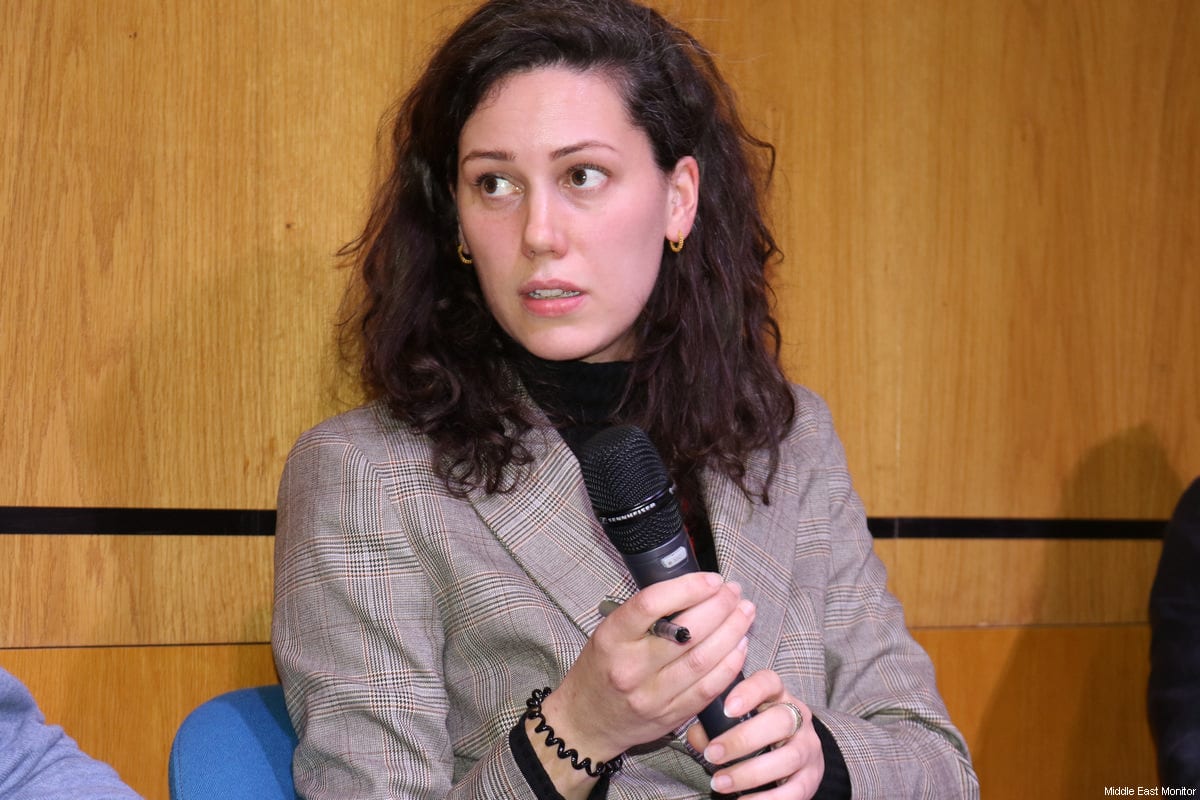The Arab Organisation of Human Rights in the UK
Special Report – Egyptian government infected by mad Israeli wall disease
The UK-based Arab Organization for Human Rights (AOHR) confirms that the Egyptian government have started to build a steel wall along the Philadelphia route and that approximately 5.4 kilometres have already been completed under Franco-American-Israeli supervision. This extraordinary wall has no justification whatsoever and will deepen the humanitarian crisis affecting more than 80% of the population of the Gaza Strip who live below the poverty line.
The AOHR believes that the Egyptian border at Rafah has become a centre for foreign intelligence services which are supervising the construction of the steel wall and the surveillance equipment that is going to be used to monitor the border with Gaza. Foreign intelligence agents will guide and train their Egyptian counterparts in order to tighten the blockade against the Palestinians of Gaza.
We have a right to ask who is going to benefit from this wall, and under what pretext it is being built. After World War II, the Berlin Wall was built as a physical symbol of the so-called cold war between capitalist and communist regimes. That war ended when the Berlin Wall was pulled down in 1989. In Northern Ireland a wall was built to separate Catholic and Protestant areas to minimise opportunities for civil unrest; in the West Bank the Israeli apartheid wall has been built to seize more land from Palestinians and ostensibly to preserve the identity of Israel as a Jewish state. But what reason does Egypt have for building the steel wall? What threat do the people of Gaza pose to Egypt? They are unarmed and in the grip of a humanitarian catastrophe; they share with Egypt an ancient civilization. And does Egypt’s national security begin and end at the Rafah crossing?
This wall of shame is a crime against humanity as its only “benefit” will be to strengthen the suffocating blockade in place against the Palestinians in Gaza, aiming to break their will and impose agendas which are hostile to the Palestinians’ rights of freedom and self-determination.
The people of Gaza have only resorted to digging tunnels across the border with Egypt following the imposition of the immoral siege which closed all points of entry linking the Strip to the outside world. A thriving economy has developed and the tunnels have become what has been described as the “lifeline” for Gaza, facilitating the entry of basic foodstuffs and medicines, fuel and even livestock. The Egyptians – no doubt on the instructions of the US and Israeli governments – spray the tunnels with poisonous gas every week, pump water down them and bomb them in collaboration with the Israeli Air Force in attempts to close them down. Many Palestinians have been killed as a result, but such is the desperation caused by the siege that new tunnels are opened to replace those destroyed.
Britain’s Arab Organization for Human Rights notes with great concern what the Egyptian government is doing on the borders with the Gaza Strip and calls for the following:
- Demonstrations in front of Egyptian embassies around the world to let the Egyptian government know the depth of feeling against what it is doing.
- The Egyptian people should let their government know that they do not support these measures, and insist that the Egyptian government stops the wall’s construction immediately.
- The Arab League and the Organization of Islamic Conference have to intervene to prevent the Egyptian government from building the steel wall, based on their joint decisions to lift the siege on the Gaza Strip.
- Efforts should be made to bring the Egyptian government before the International Court of Human Rights to stop this immoral wall.
Introduction
The Gaza Strip is a narrow territory along the coast of the Mediterranean Sea, between Israel and Egypt. It is a maximum of 41km long and between 6 and 12km wide. With a population of about a million and a half people, it is one of the most densely populated areas of the world.
The first wall around Gaza appeared in 1994 when the land border with Israel was marked by a security fence and zone. At sea, Israel placed obstacles and barriers in the way of Palestinian fishermen, and reduced the limit for fishing from 180km to 82km, damaging the viability of the fishermen’s livelihoods. After the Oslo agreements of 1993, that distance was reduced even further so catches got smaller. On June 18th, 2005 Israel began to build a sea barrier at the border with Gaza. Part of it is made of steel while the rest is a floating fence stretching for 950 metres into the Mediterranean; the first 150 metres of the barrier consists of concrete poles on the seabed, while the remaining 800 metres is a “floating barrier” 1.8 metres deep.
After the Israeli withdrawal from the Gaza Strip in 2005, Egypt and Israel imposed a tight blockade on the territory; this was tightened after Hamas took full control of the Strip in June 2007. The blockade includes fuel and electricity as well as food and medicine, and prevents deep-sea fishing; the borders between Gaza Strip and Israel are sealed, as is the Rafah crossing to Egypt, the only outlet to the outside world for Gaza’s residents through Egypt. In reaction to this, on 23rd January 2008, thousands of Palestinians stormed the Rafah crossing and crossed into Egypt to buy essential supplies of food and fuel. It was estimated that 750,000 Palestinians made this effort, and that all returned, making a lie of claims that Palestinians are a security threat to Egypt. The deteriorating situation in Gaza prompted the UN humanitarian coordinator, Maxwell Gaylard, to describe the blockade as “an attack on human dignity.”
Continue reading this full report – Download in PDF.








